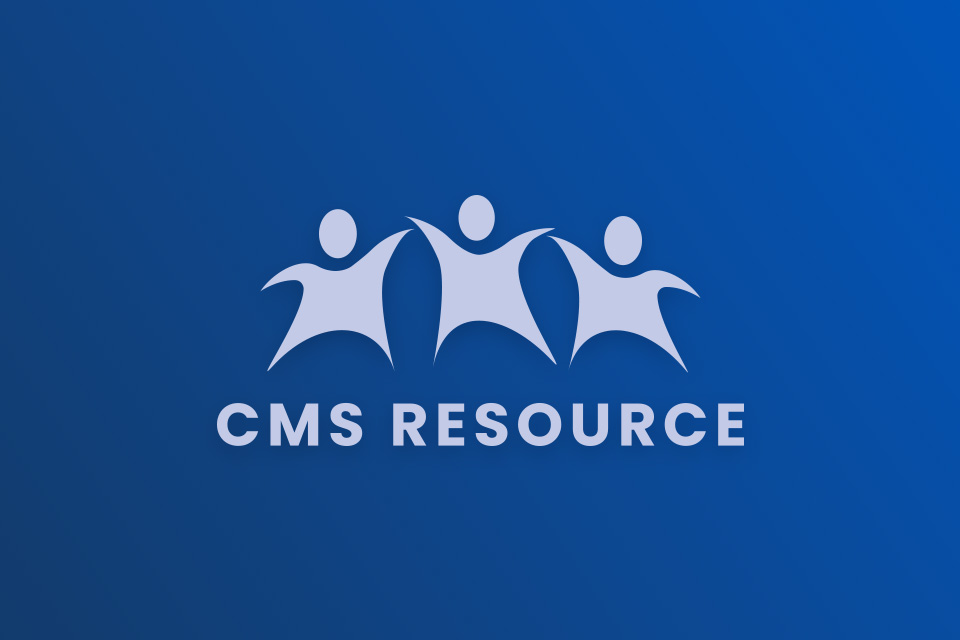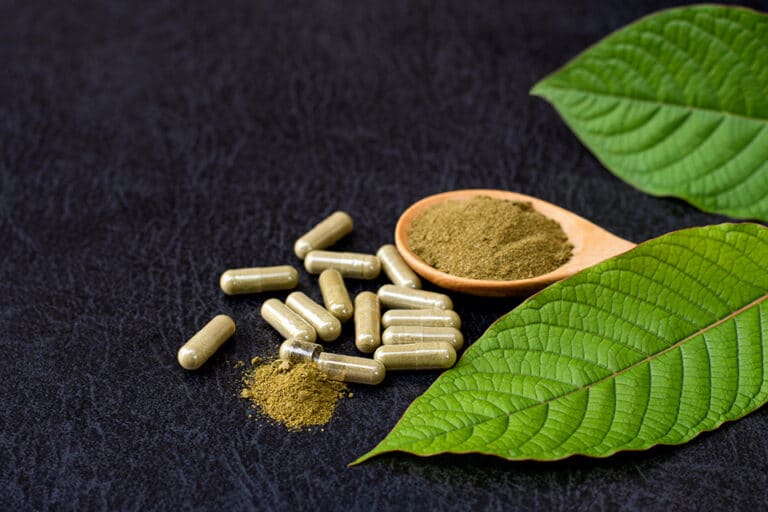If you’ve been using opioids, whether prescription painkillers like oxycodone or illicit substances like heroin and fentanyl, stopping suddenly can feel overwhelming. Withdrawal is often described as one of the most miserable experiences a person can endure, bringing intense physical and emotional symptoms that make quitting on your own incredibly challenging.
Many people searching for ways to detox at home believe it’s simply a matter of willpower, but the reality is much more complex. Detoxing without medical supervision carries significant risks, not just during withdrawal but afterward, when cravings and decreased tolerance can increase the likelihood of return to use and overdose.
In this guide, we’ll break down what opioid withdrawal really looks like, the dangers of going through it alone, and safer alternatives that can help you achieve lasting recovery. If you or someone you love is considering detoxing at home, understanding the full picture is the first step toward making an informed decision that prioritizes safety and long-term health.
What is Opioid Withdrawal?
When you use opioids for an extended period, your body and brain get used to the drug. Your body starts to accept that the drug is a normal part of your life, rewiring to work alongside the substance. So, when you stop using opioids, your brain responds to the change with severe symptoms, both physical and emotional.
Imagine severe sweats and chills, nausea with dry heaves, achiness and pain all over, stomach cramps, diarrhea, and the worst insomnia you’ve ever had. On top of the physical discomfort, you’ll likely feel like jumping out of your skin due to intense feelings of anxiety and restlessness. Even with excruciating symptoms, withdrawal is rarely a fatal condition.
What to Expect During Opioid Withdrawal
Understanding what happens during withdrawal can help you prepare for what’s ahead. Symptoms typically peak within the first few days and gradually subside over a week, but some lingering effects can last much longer.
Prolonged Withdrawal
After the first week, you will likely be able to move around, appearing mostly normal. However, you likely still won’t feel 100% and will experience low-level withdrawal symptoms. This may include restlessness, insomnia, achiness, listlessness, lack of energy, and depression. These symptoms are part of the prolonged phase of opioid withdrawal and can continue for months as your body relearns how to live without opioids.
Cravings
During and after going through withdrawal, you may have severe cravings for opioids. Highly motivated people can withstand cravings and prolonged withdrawal symptoms for a while, but even the strongest contenders often feel “ground down” when faced with severe cravings. You may go through a period where you lose your motivation, feeling that it isn’t worth it to continue your recovery journey. However, while even a small dose of opioids would immediately extinguish your symptoms, it puts you right back where you started.
The Risks of Detoxing at Home
Most people assume that the hardest part of opioid detox is making it through withdrawal. While the physical symptoms can be overwhelming, the most significant danger of detoxing at home isn’t the withdrawal itself—it’s what happens afterward.
One of the greatest risks of quitting opioids without medical supervision is the drastically increased likelihood of overdose if you return to using opioids. When you stop opioids, even for just a short period, your body loses its tolerance. That means if you return to using, even at a dose that previously felt “normal” to you, it can overwhelm your system, leading to respiratory depression, overdose, and potentially death.
This danger is well-documented. Studies show that individuals released from prisons or jails who were forced to detox due to lack of access face a staggering risk of overdose—up to 100 times higher than the general population—during the first few weeks after their release. The same principle applies to anyone who detoxes at home. Without a structured treatment plan or ongoing support, cravings and withdrawal symptoms can push people back toward opioid use, often with tragic consequences.
Beyond the risk of overdose, detoxing at home can also leave individuals vulnerable to prolonged withdrawal symptoms, extreme cravings, and the mental and emotional toll of going through the process alone. Many people who attempt detox without professional help find themselves in a cycle of stopping and starting, increasing their overall risk with each attempt. Seeking professional treatment can provide not only medical support but also a safer, more effective path to long-term recovery.
How Can Medication-Assisted Treatment Help?
Opioid detox is not the same as treating an opioid use disorder. While detox is likely an element of your treatment plan, there are many other aspects of treatment that are essential for long-term recovery. Treatment with FDA-approved medications can rapidly eliminate withdrawal symptoms, significantly reduce the risk of overdose, and immediately relieve the negative effects people experience from their addiction.
At Community Medical Services, we offer a few medication-assisted treatment options to support our patients, working to get patients started on the same day they show up for a consultation. You will talk with a medical provider who will help you decide which medication is best for you and work out a dosing schedule. You will also have access to a counselor who can help you with things like finding housing, food, clothing, and transportation.
Our medication options include:
Methadone
Methadone is a long-acting opioid agonist that reduces withdrawal symptoms and cravings without producing the same high as illicit opioids. It is one of the most affordable options and is taken daily. For those interested in starting methadone, no abstinence from opioids is required before starting treatment.
Buprenorphine
Unlike methadone, buprenorphine is a partial opioid agonist that binds to opioid receptors to reduce cravings and withdrawal symptoms while lowering the risk of misuse. It is available in formulations like Suboxone®, which is combined with naloxone, and injectable versions like Sublocade® and Brixadi®.
Naltrexone
Naltrexone is a non-opioid medication that blocks opioid receptors, preventing opioids from having any effect if used. Unlike methadone and buprenorphine, naltrexone does not relieve withdrawal symptoms or cravings, so patients must be completely detoxed before starting treatment.
How to Get Started with Medication-Assisted Treatment
The hardest part of recovering from opioid use disorder is deciding to ask for help. Once you’ve committed to starting your journey towards recovery, finding support is simple. Just call or come into one of our Community Medical Services clinics, and our compassionate staff will do everything they can to get you started on a personalized treatment plan as soon as possible.
On your first day with CMS, you can expect a longer visit as you meet with our healthcare professionals and fill out the necessary paperwork. Once that is complete and you’ve chosen a medication with the help of your doctor, you will only need to visit the clinic for dosing. This often starts at three times a week, but if you continue to improve and follow your treatment plan, you can get take-home doses to reduce the frequency of your in-person visits.
We also understand that many people with opioid use disorder have a history of trauma with doctors’ offices and clinics, often caused by being treated poorly by the medical system. At CMS, we strive to make everyone feel welcome. Many of our staff have personal experiences with addiction and understand your reluctance. Once you’ve walked in the door, we want to make that the best day of your life, ensuring you get the compassionate support you need to start your journey to recovery. We have no requirements for getting treatment at our clinics and will never judge anyone who seeks support.
Start Your Recovery Journey at CMS
Detoxing from opioids is an incredibly difficult journey, and attempting to do it alone comes with serious risks. While withdrawal symptoms may feel unbearable, the greatest danger comes afterward, when cravings, prolonged withdrawal, and reduced tolerance can increase the likelihood of relapse and overdose.
The good news is that you don’t have to go through this alone. At Community Medical Services (CMS), we provide evidence-based treatment that makes recovery safer and more manageable. Our medication-assisted treatment options, including methadone, buprenorphine, and naltrexone, can help ease withdrawal symptoms, reduce cravings, and significantly lower the risk of overdose. Beyond medication, we offer compassionate counseling, peer support, and resources to help you rebuild your life.
If you or a loved one is struggling with opioid addiction, help is available today. CMS welcomes walk-ins, and in most cases, you can begin treatment the same day you reach out. Your recovery is possible, and we’re here to support you every step of the way. Visit your nearest CMS location or call us today to take the first step toward a healthier, opioid-free future.










